If “colonial coloring pages” sounds like busywork, that’s only because you haven’t seen them do the heavy lifting. When students add color to colonial life, history, well… comes to life.
Meet US History Coloring Pages: Colonial America (1587-1763). A classroom-ready set built to turn abstract ideas (like social contract and charter) into visuals that stick.
Use them in class, homework, stations, or as a sanity-saving backup plan. In fact, don’t take my word for it (actually you’ll be taking my word for it, because I wrote the post). See how history coloring pages literally save you from going crazy: 8 Ways History Coloring Pages Will Save Your Sanity.
Why Coloring Works for History Brains
Visuals aren’t a gimmick; they’re how kids remember. Put “mercantilism” on paper, and it turns from a vocab word into a picture: ships trading with colonies and students figuring out who wins and loses.
There’s a reason that experts often highlight art’s role in focus and recall: coloring helps calm the noise and anchor concepts in long-term memory. When hands are engaged, minds follow. Pair that with targeted prompts, and you’ve got content mastery disguised as art time.
Research suggests even straightforward activities like coloring can boost working memory and lower stress—making them surprisingly powerful learning tools. For example, a Psychology Today post points out that even simple art engages the brain in ways that support both cognition and calm.
What’s Inside (Short, Sharp, and Standards-Friendly)
Six unique, classroom-clean designs that hit the major pillars:
- Colonization
- Mercantilism
- Charter
- Representative Government
- Plantation
- Social Contract
Each page is clear enough for a sub and specific enough for a Socratic seminar. Print, copy, done.
Best Uses in the Classroom
These pages aren’t just “something to do.” Teachers have found smart, flexible ways to fold them into daily routines. Whether it’s sparking curiosity at the start of class, giving students a calm reset, or sneaking in review without the groans, coloring becomes a tool with purpose.
- Lesson Launchers: Open a unit with the page on Colonization. Five quiet minutes of coloring buys you attention for the big ideas.
- Guided Notes, But Make It Visual: After coloring, students define the term and explain how the scene shows it. Low prep; high retention.
- Paced Learning & Inclusion: Perfect for students who benefit from slower processing or alternative outputs—without lowering rigor.
- Cool-Down Corner: Coloring drops stress so learners can rejoin discussions with a settled brain.
- Review Sessions: Color while you recap. It’s hands-busy, minds-on, test-ready.
Taken together, these aren’t just activities—they’re ways to manage energy, deepen understanding, and keep history class running smoothly. The best part? You don’t need a new prep period or fancy supplies. Just print, copy, and watch the engagement happen.
Coloring Works for Every Age (Yes, Even High Schoolers)
Some people hear “colonial coloring pages” and picture an activity that stops after 5th grade. But in practice, these pages scale beautifully across ages because they meet different learning needs.
At the elementary level, they pair perfectly with existing curriculum. One teacher summed it up:
“We watch Liberty Kids as a follow up to our reading series about Colonial Days. These were great sheets for students who need something while watching the videos.” — Gail L., Elementary Teacher
That’s the magic: coloring keeps younger students engaged during screen time while reinforcing what they’re seeing on the episode. Add in an annotation step—“mark the part of the picture that shows representative government”—and you’ve got literacy, media analysis, and history in one.
But here’s the kicker: the same pages work for high school too. One 11th grade U.S. history teacher told me:
“I handed out the Social Contract page to a student who struggles to stay calm and focused. Five minutes of coloring gave him a reset, and when we circled back to discussion, he explained the idea more clearly than he ever had before. It was differentiation without making him feel singled out.” — Mr. Ramirez, 11th Grade U.S. History Teacher
Final Take
“Colonial coloring pages” aren’t filler; they’re scaffolds. They free your bandwidth, focus your students, and make the hard stuff—charters, contracts, trade systems—visible and memorable. That’s the whole game.
Your copier is ready. Your students are too. The real question… are you?
Click the button below to download.

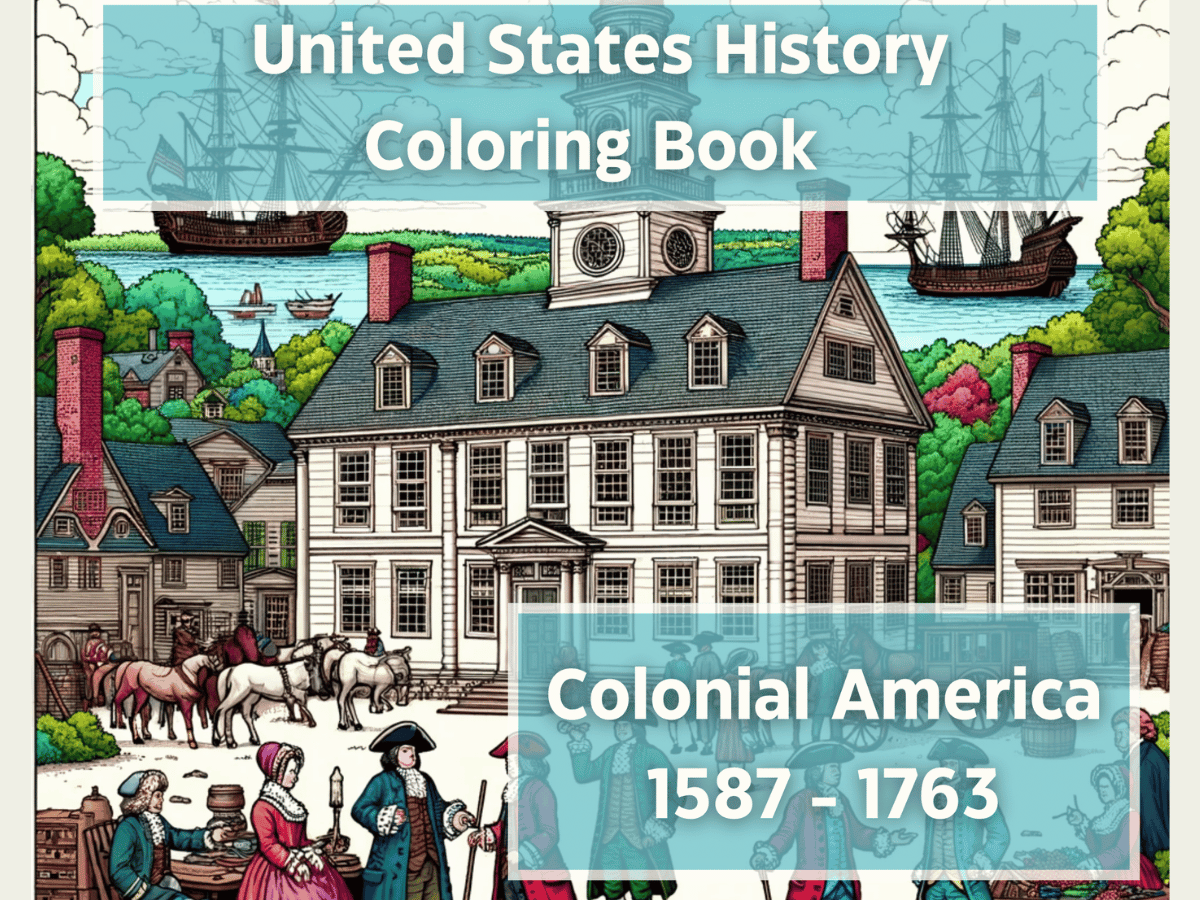
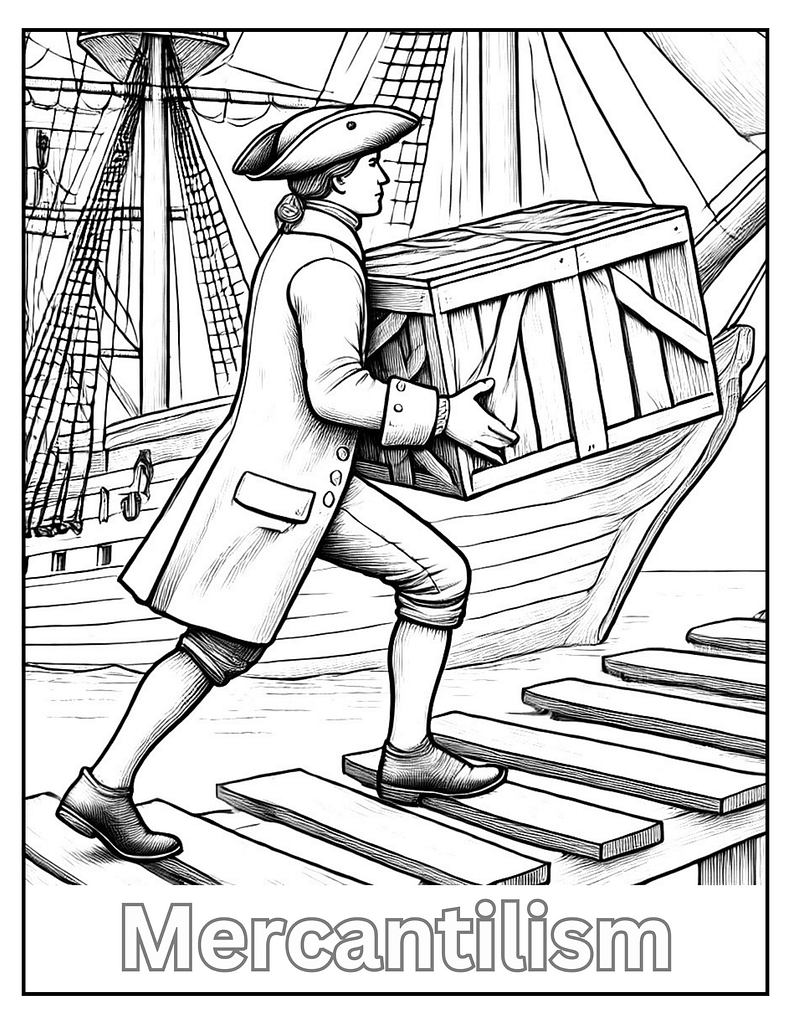
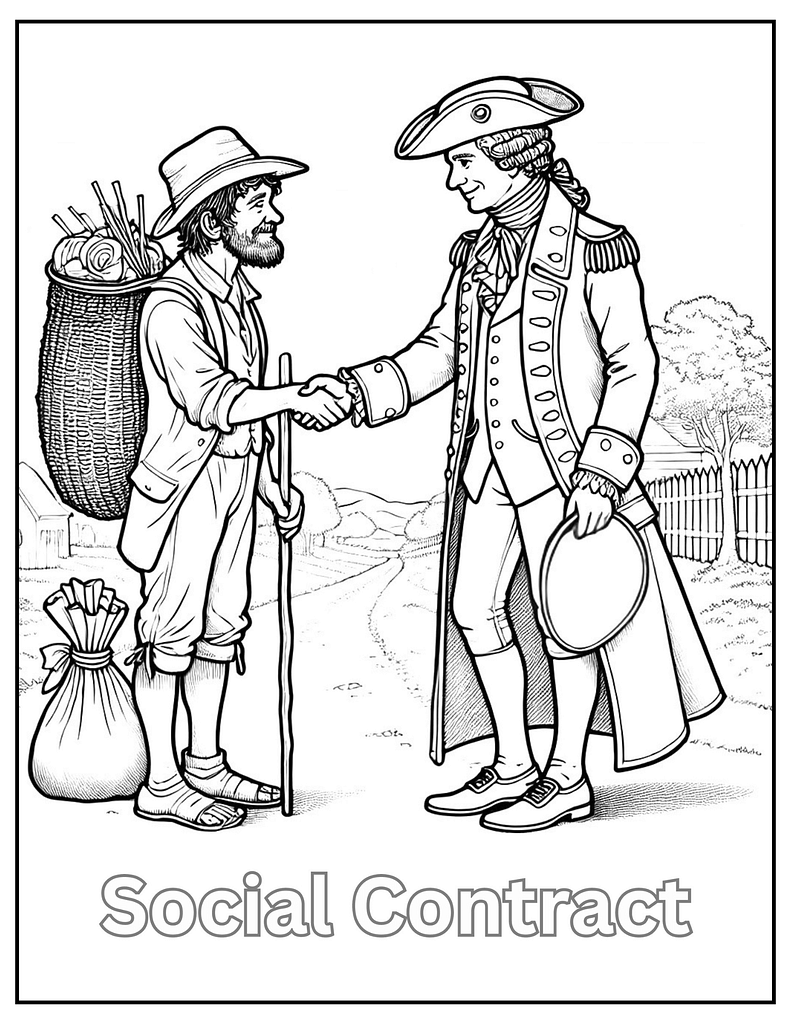
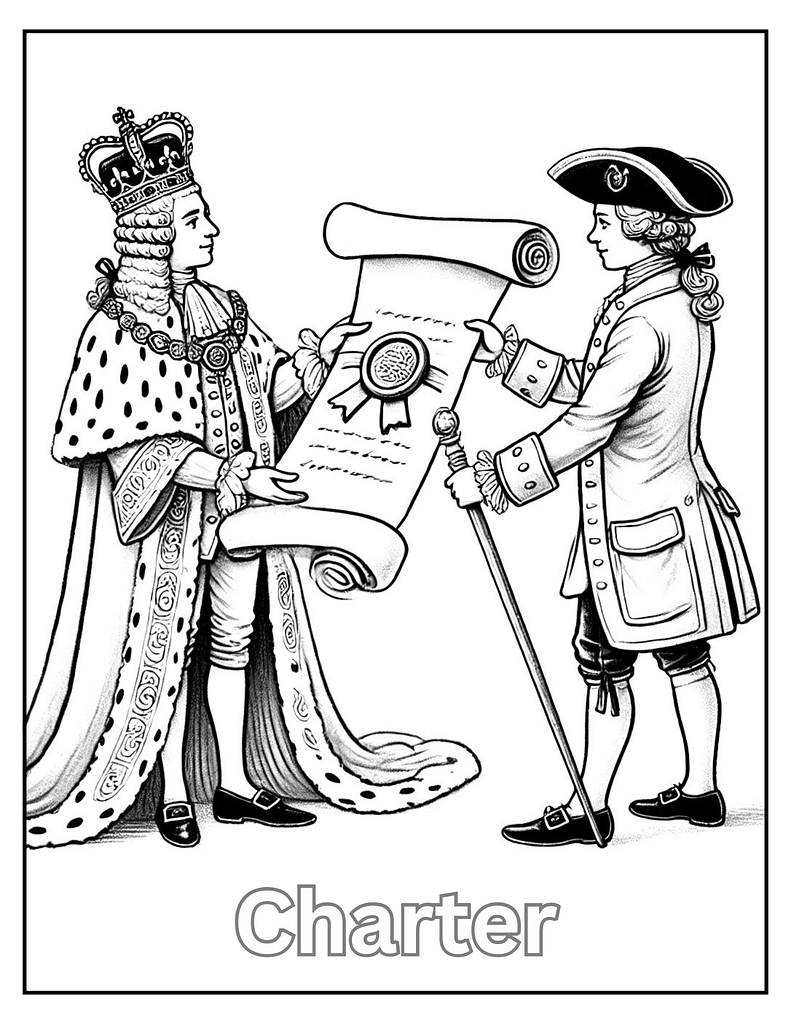
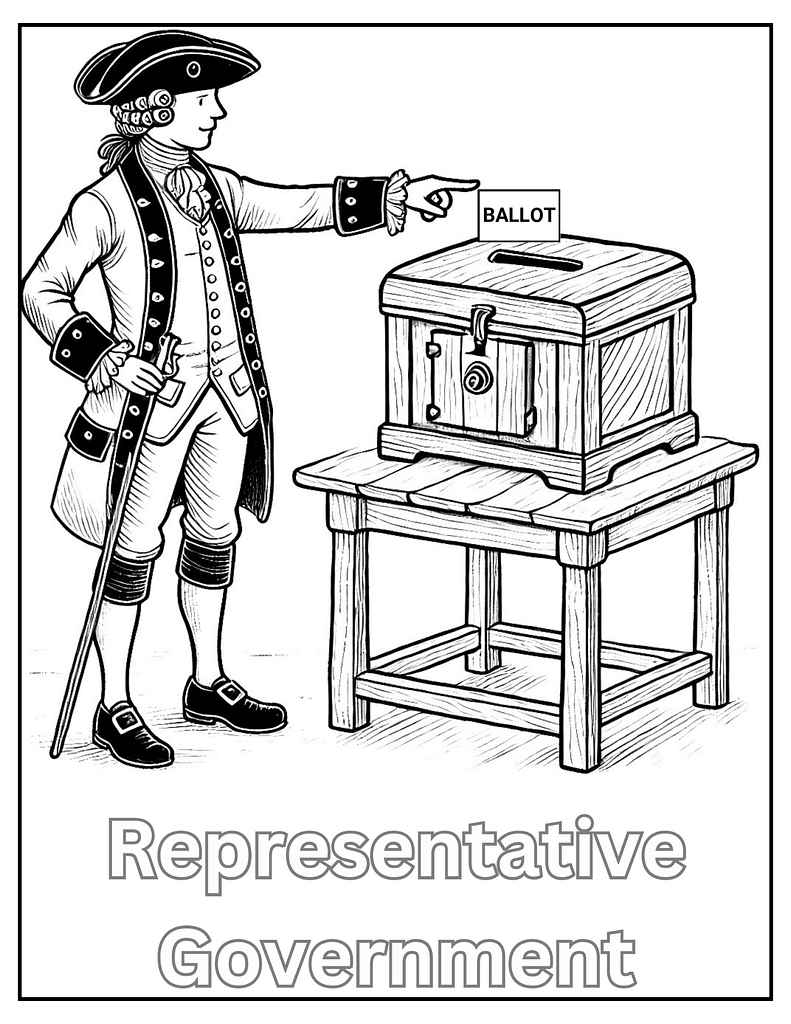
One response
[…] Teaching earlier eras? Pair these with Colonial Coloring Pages to cover the span from settlement to the founding […]